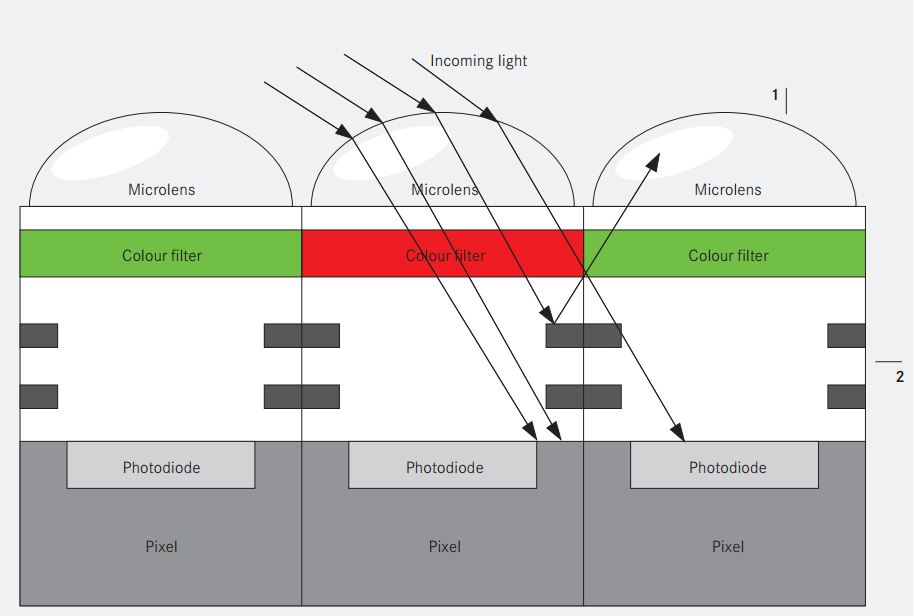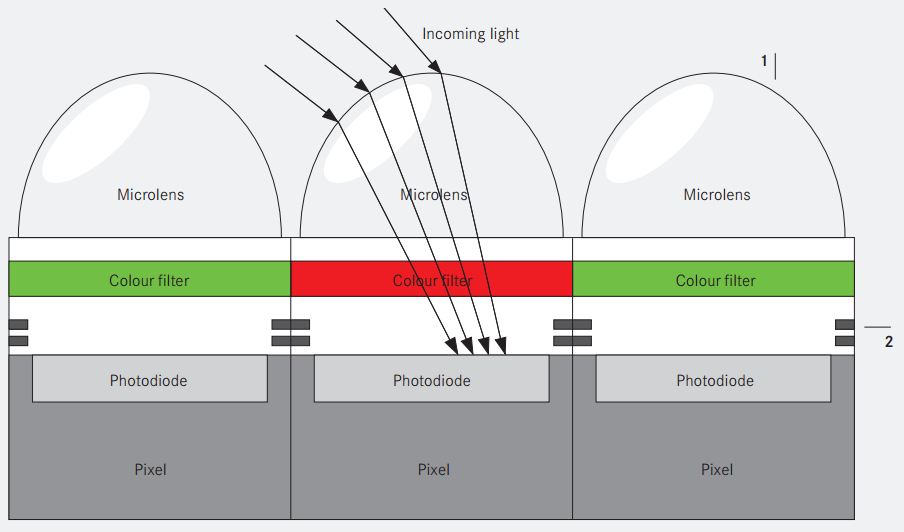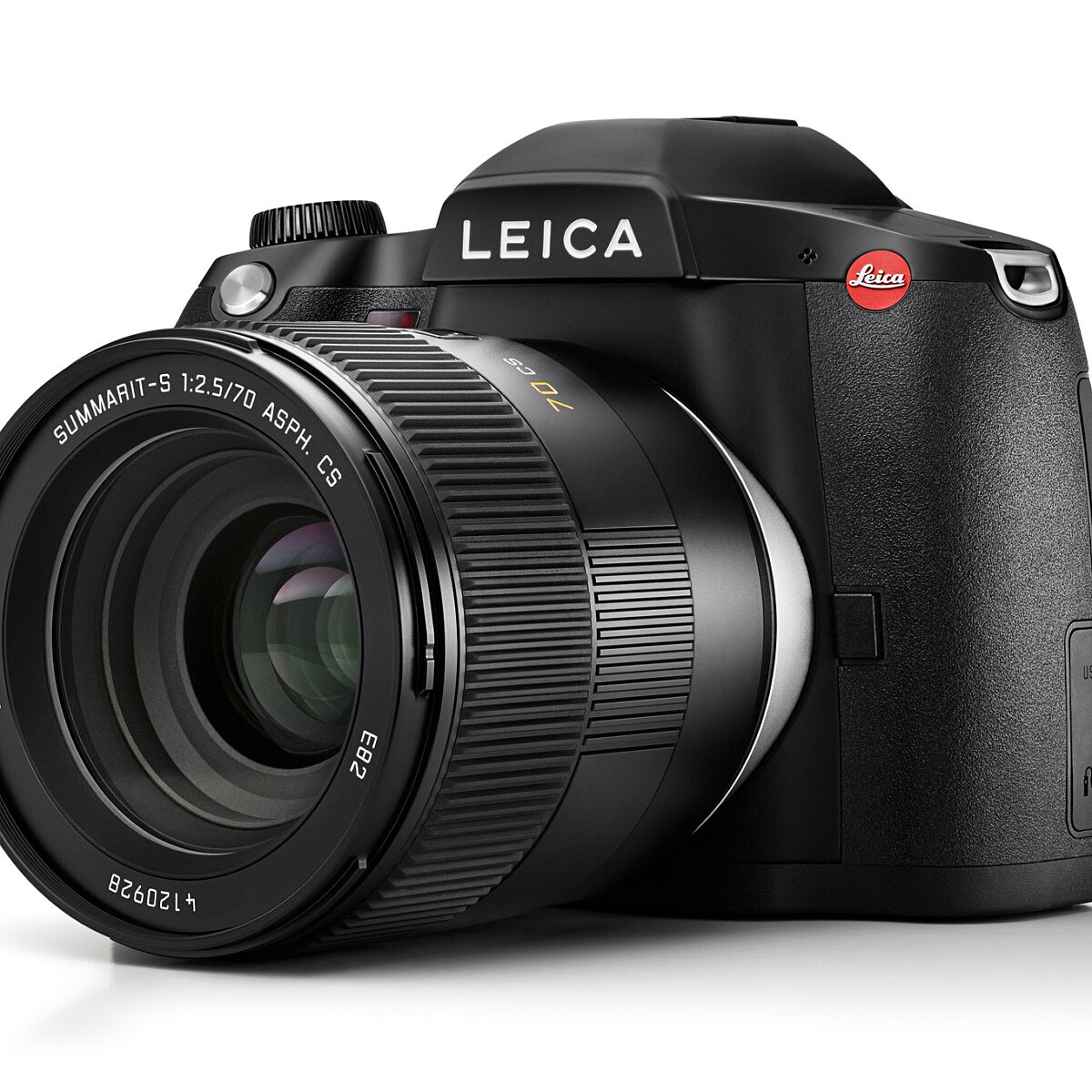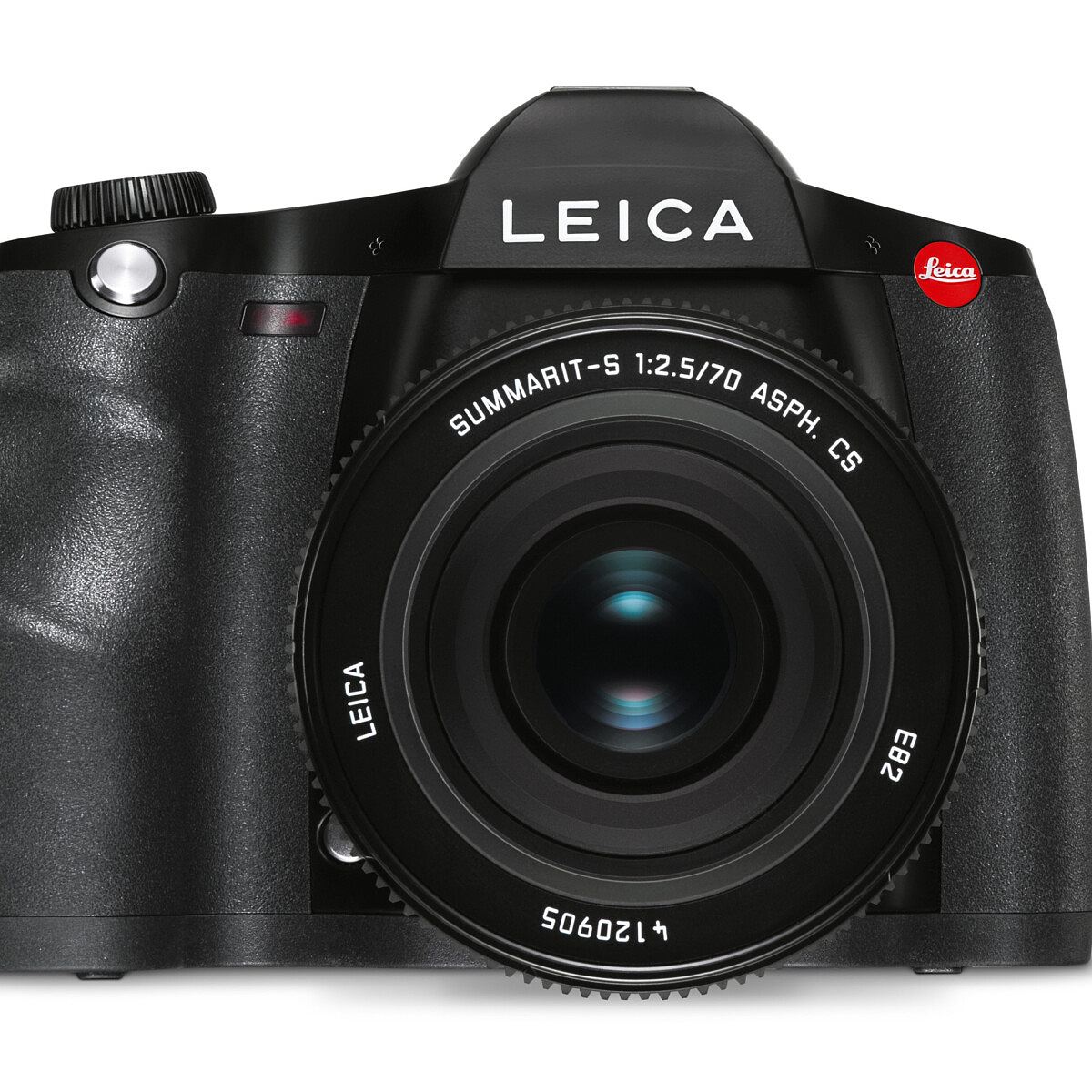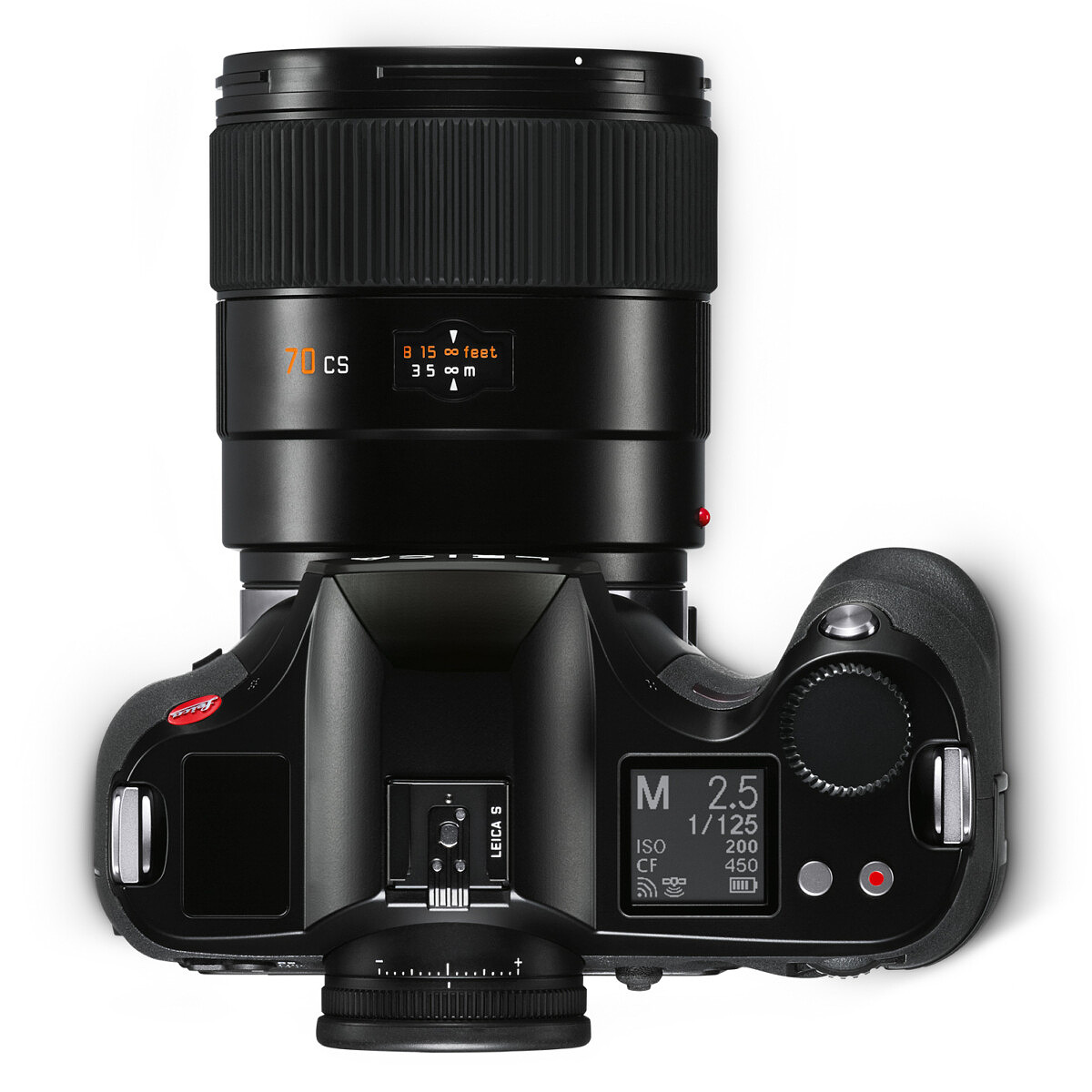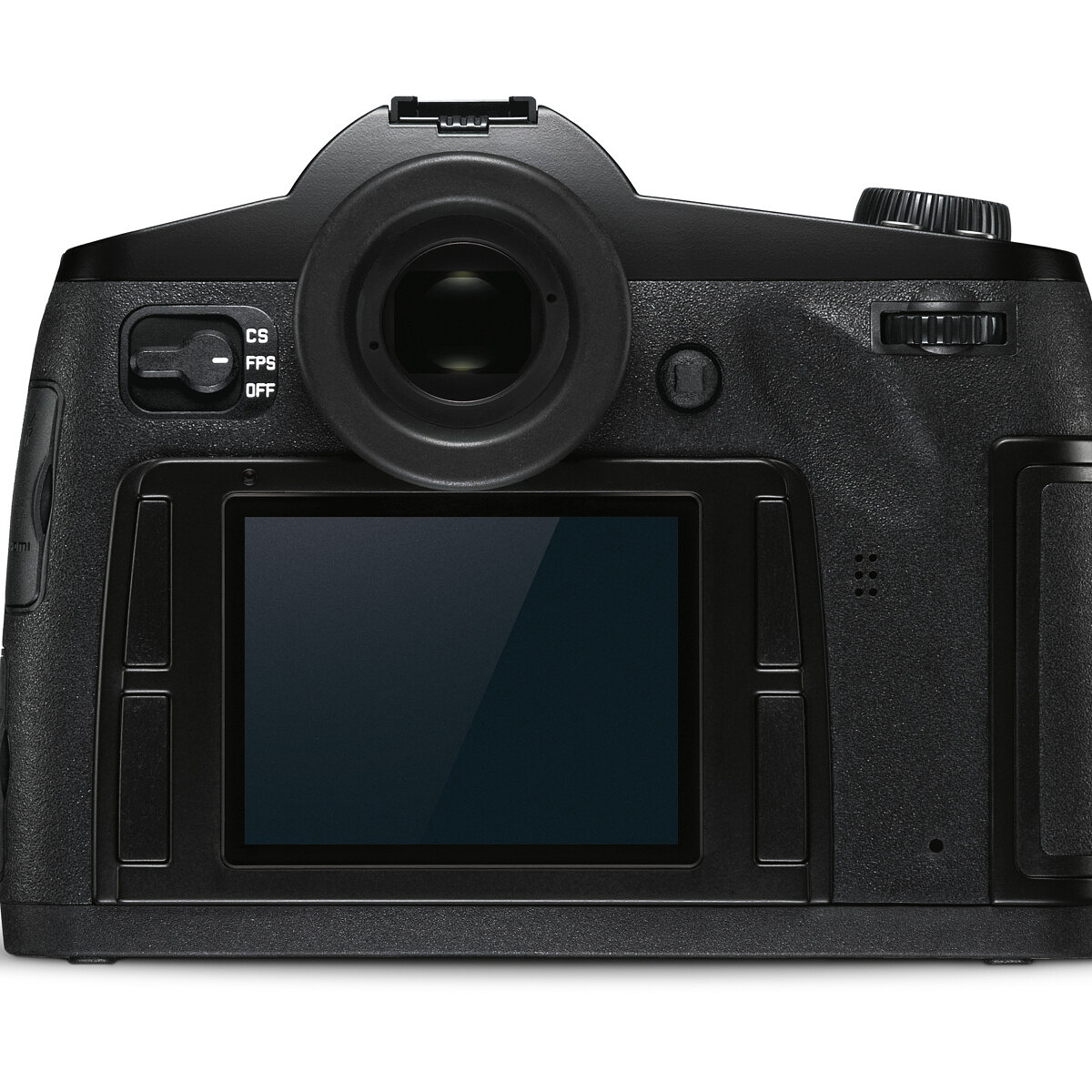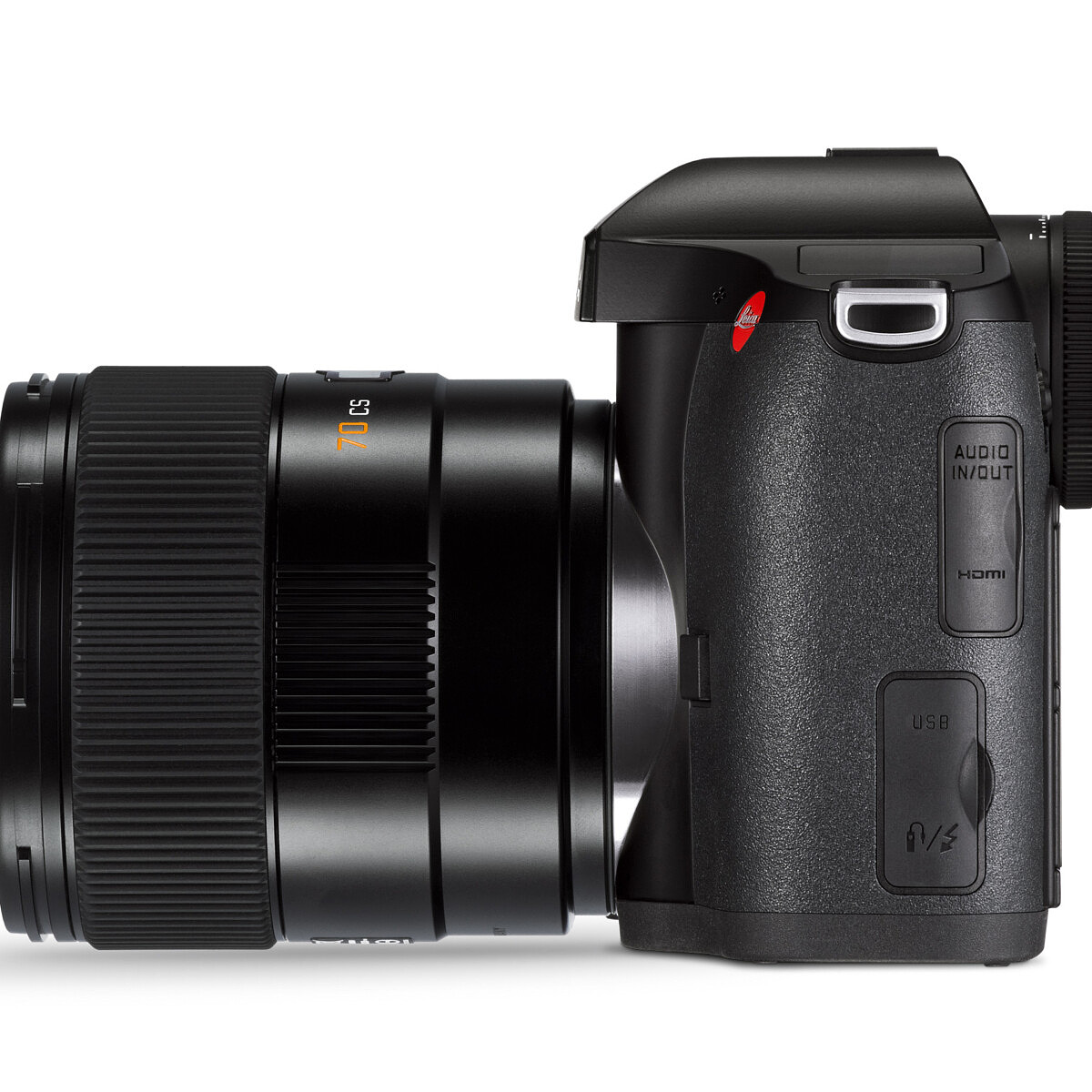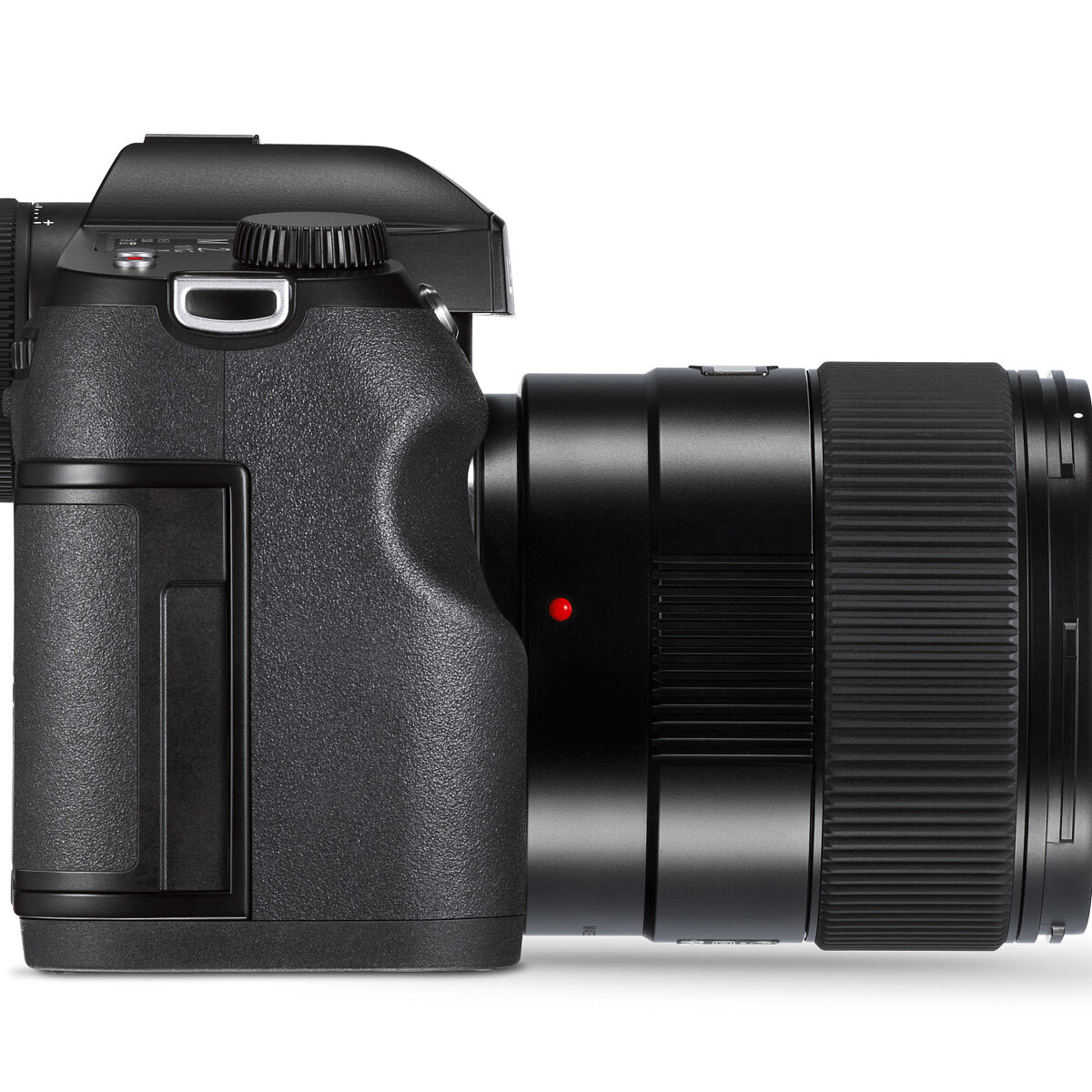darylgo commented on the post, Breakfast with Dr. Andreas Kaufmann 4 years, 10 months ago
In reply to: David Farkas wrote a new post, Breakfast with Dr. Andreas Kaufmann Staying in the same hotel as the Chairman of the Board of Leica during Photokina has its benefits. After the Leica joint press event prior to the show opening, I was sitting in my hotel lobby and chatting on the […]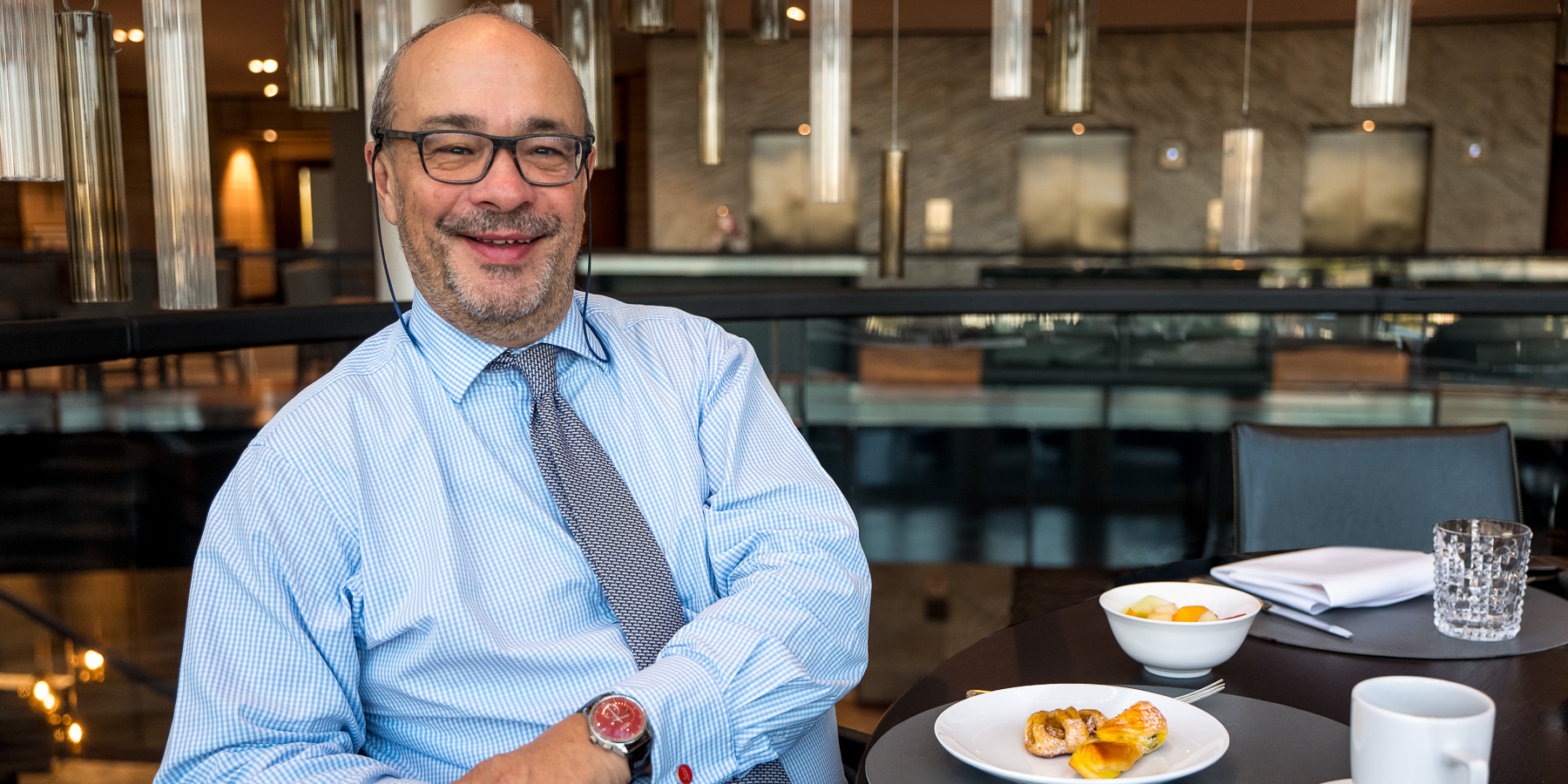 View
View Fascinating interview, questions and answers, thank you David. Did I read correctly that an electronic viewfinder M is a consideration? I couldn't agree more that 24mp and 37mp are sufficient for most applications. quality pixels and lenses from Leica continue to amaze me when looking at images from the S2 and M240.
darylgo commented on the post, Photokina 2018: Details on the L-Mount Alliance 5 years, 7 months ago
In reply to: David Farkas wrote a new post, Photokina 2018: Details on the L-Mount Alliance Following the announcement of the L-Mount Alliance at the Leica press event preceding the start of Photokina, there seemed to be more questions than answers. How did such an alliance come to be? How much […]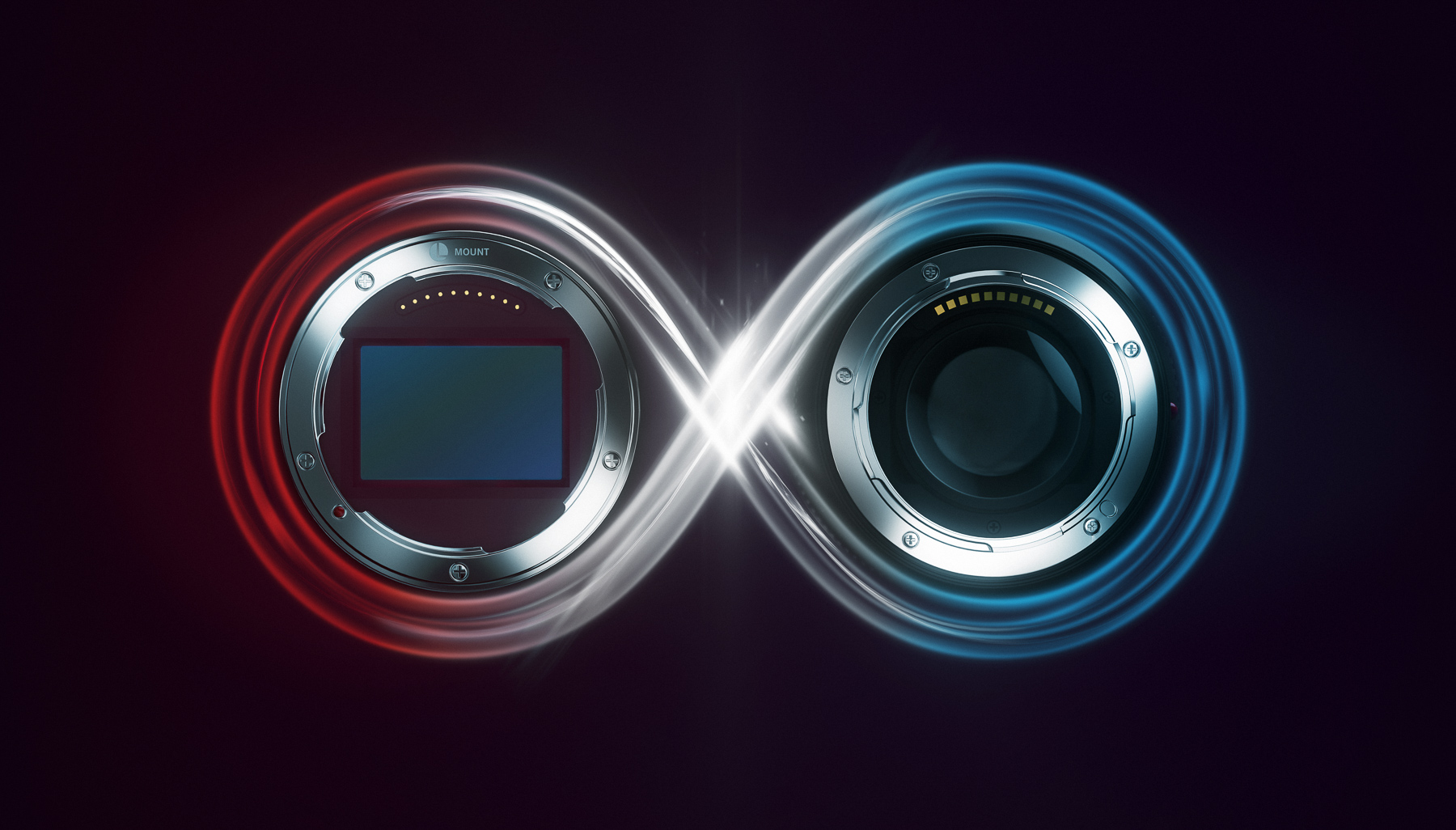 View
View Thanks David for this insightful report. Rarely is it reported that lens IQ is primary, camera resolution secondary, but here we are in 2018 with Leica lenses on the cutting edge like no others. I would be interested in similar interviews from Panasonic and Sigma. Would that be possible?
darylgo commented on the post, Thoughts on the Next Generation Leica S 6 years, 5 months ago
In reply to: David Farkas wrote a new post, Thoughts on the Next Generation Leica S With the recent string of successful camera and lens introductions over the past few years, Leica has made the process of choosing a camera much more difficult. In the not-so-distant past, certain individual […]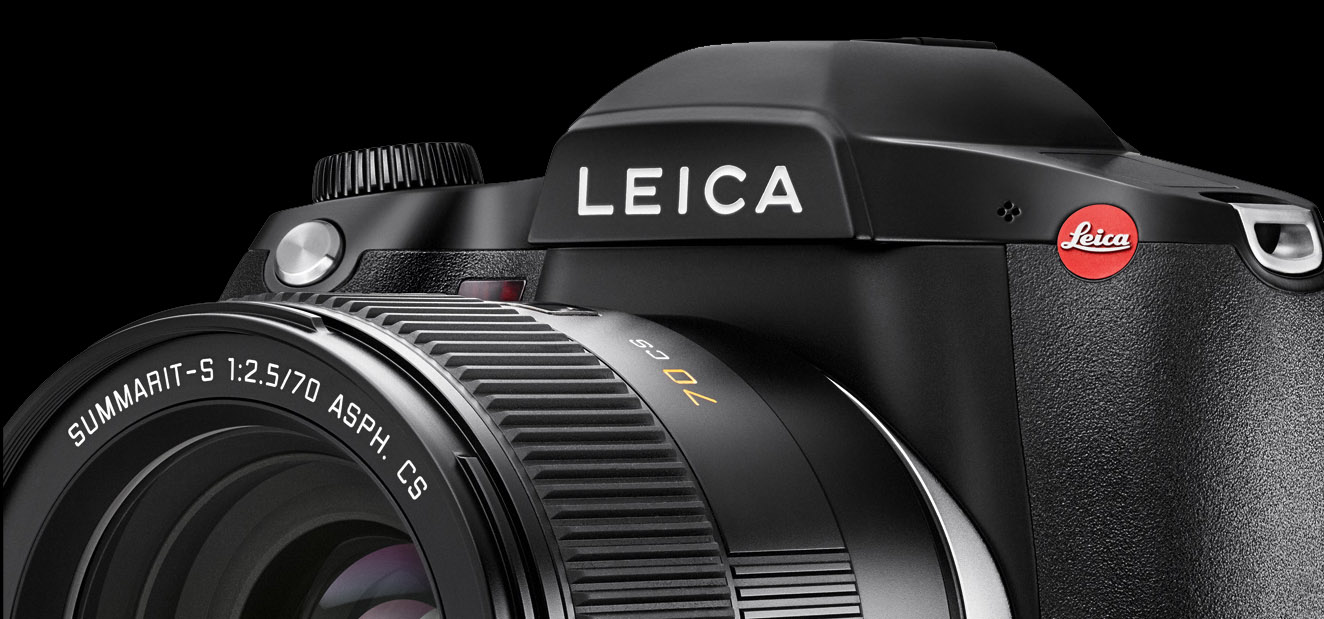 View
View David, the roadmap for the S lens included a 350mm and a tilt shift wide, yet to be introduced. The 350mm I am thinking is delayed due to AF issues. While I find the AF to be extremely accurate the 120 and 180mm need a slight tweak for dead on focus. My SL/S adapter with these lenses is more accurate. Due to this, I lean toward the EVF with…[Read more]
darylgo commented on the post, Leica M10 Released: The Ultimate Digital Rangefinder 7 years, 4 months ago
In reply to: Josh Lehrer wrote a new post, Leica M10 Released: The Ultimate Digital Rangefinder Today, Leica has released its long-awaited successor to the incredibly popular (and revolutionary in its own right) M (Typ 240) series of digital rangefinders: the Leica M10. Building on over 60 years of M […]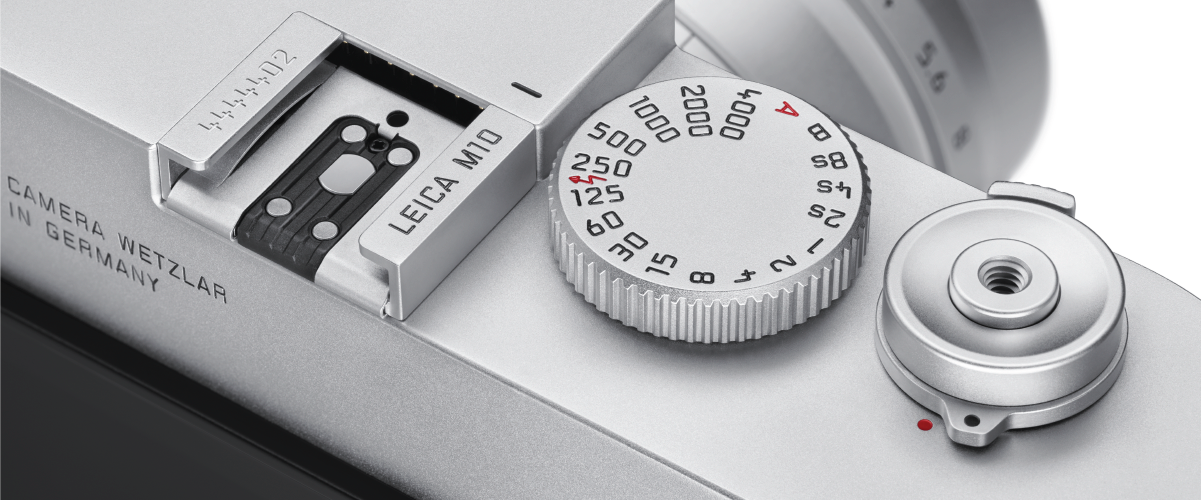 View
View Thanks Josh, well written and succinct. Always exciting to hear of a new M.
darylgo commented on the post, Why Leica is staying at 37.5MP for the S (Typ 007) 9 years, 6 months ago
In reply to: David Farkas wrote a new post, Why Leica is staying at 37.5MP for the S (Typ 007) Since Photokina, I’ve read some comments online expressing disappointment in Leica’s decision to use the same 37.5MP resolution of the current S (Typ 006) in the upcoming S (Typ 007). I’m not surprised. Indeed, as a long time S-System user myself, I can’t say that my initial reaction wasn’t similar. I too wondered why there was no resolution bump. But, unlike the average S-System user, I have a certain advantage and a somewhat unique perspective that most don’t. I’ve had a few hours of one-on-one time during Photokina with key individuals at Leica responsible for developing the product. And believe me, I am grateful for the continuing opportunities that my close relationship with Leica has allowed for over the years. Besides speaking with the head of professional imaging Stephan Schulz and S 007 product manager Toni Felsner at some length in Cologne, I also had a very informative chat with Dr. Volker Zimmer, the head of R&D at Leica. In each of my conversations, I pretty much led off with, “So, why only 37.5?” And, to the casual observer, the reactions and responses to such a direct question that I received might be surprising. Instead of the defensiveness that one might expect, I was greeted with knowing smiles and articulate reasons surrounding the decision.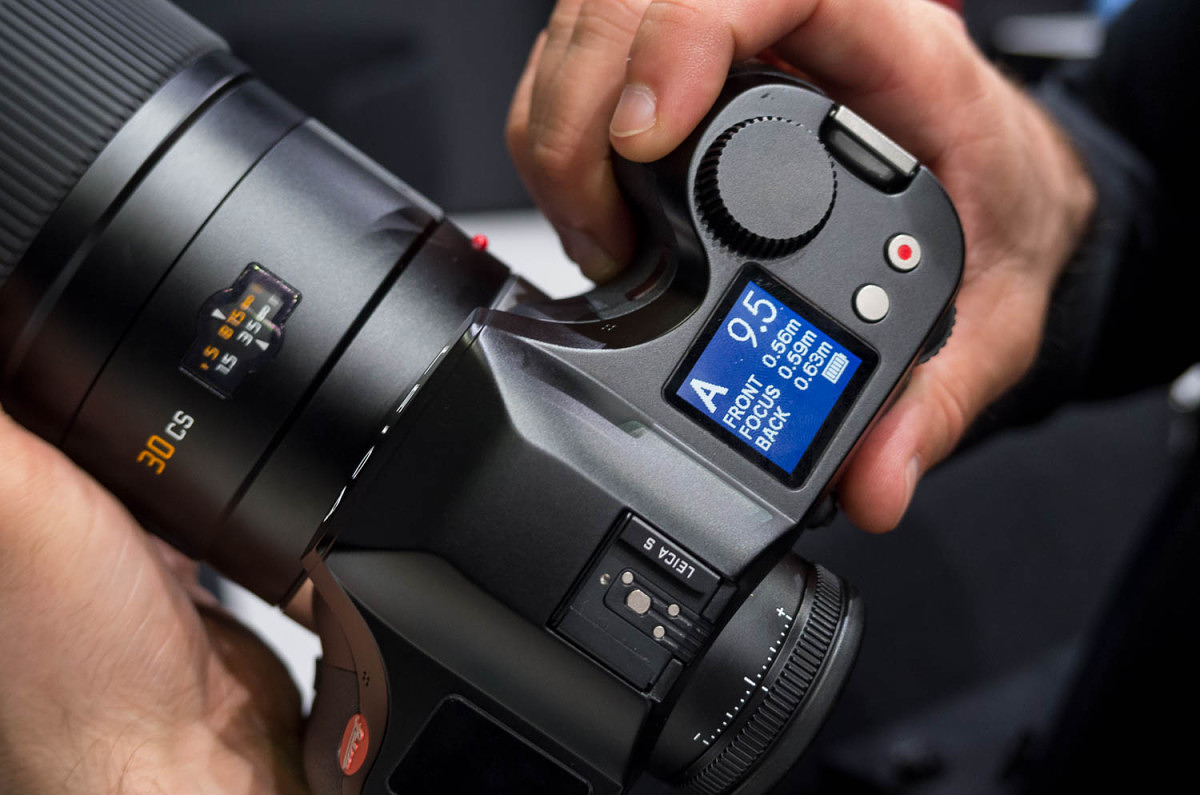 Before even delving into Leica’s strategy, we, as users, have to really ask if this resolution is holding us back. Some might say, “Yes, absolutely. More is always better.” And perhaps others would reason, “No, the resolution is fine, but I’d really like live view and higher ISO.” As for myself, I’ve been shooting with the S2 and then S 006 since before the S2 was even in production. I have made eye-poppingly good 30x40 inch prints myself and have seen beautiful fine art prints 5 x 7 feet printed from single S2 files hanging in our gallery at Leica Store Miami from photographer EJ Camp.Stephan’s take on the matter was that he doesn’t think that users’ real issue is about actually needing more pixels. The difference between 40 and 50 MP is roughly a 10-15% increase in linear resolution, hardly earth shattering. He feels strongly that for there to be a noticeable increase in image quality, the jump would have to be more significant, say from 40 to 60 or possibly even to 70 MP. He believes the underlying concern is that users of a system want to feel theirs is the most advanced, the most future-proof. By staying at 37.5 MP while the competition is all going to 50 MP, Stephan thinks that the concern of some Leica S users is that somehow their camera is outclassed, or worse, outdated. I thought for a moment about this then ran a quick list of features in my head, innovations and advantages of the S 007 vs. the competition.I thought in general about all S camera bodies, including the current S 006:
Before even delving into Leica’s strategy, we, as users, have to really ask if this resolution is holding us back. Some might say, “Yes, absolutely. More is always better.” And perhaps others would reason, “No, the resolution is fine, but I’d really like live view and higher ISO.” As for myself, I’ve been shooting with the S2 and then S 006 since before the S2 was even in production. I have made eye-poppingly good 30x40 inch prints myself and have seen beautiful fine art prints 5 x 7 feet printed from single S2 files hanging in our gallery at Leica Store Miami from photographer EJ Camp.Stephan’s take on the matter was that he doesn’t think that users’ real issue is about actually needing more pixels. The difference between 40 and 50 MP is roughly a 10-15% increase in linear resolution, hardly earth shattering. He feels strongly that for there to be a noticeable increase in image quality, the jump would have to be more significant, say from 40 to 60 or possibly even to 70 MP. He believes the underlying concern is that users of a system want to feel theirs is the most advanced, the most future-proof. By staying at 37.5 MP while the competition is all going to 50 MP, Stephan thinks that the concern of some Leica S users is that somehow their camera is outclassed, or worse, outdated. I thought for a moment about this then ran a quick list of features in my head, innovations and advantages of the S 007 vs. the competition.I thought in general about all S camera bodies, including the current S 006:- Smallest, lightest, most ergonomic body
- Completely weather and dust sealed on body and lenses
- Brightest, most color neutral viewfinder
- Virtual horizon display in viewfinder
- Dual shutter system (even with Hasselblad HC/HCD lenses)
- Least mirror vibration
- Best lenses (no one seems to argue this one)
- Longest battery life with shot counts measured in thousands
- Optional grip to double battery life
- Fastest AF system (with latest firmware)
- Best focus tracking for moving subjects (with latest firmware)
- Only system with built-in GPS for geotagging and auto time/date/time zone setting
- Most integrated system with such features as aperture shift compensation in AF
- Only system designed 100% from the ground-up as a complete digital imaging chain
- Ability to use Hasselblad HC/HCD lenses with full AF, aperture and shutter control via adapter
- Ability to use Contax lenses with full AF and aperture control via adapter
- Manual adapters for Mamiya 645, Hasselblad V and Pentax 67
- Fastest frame rate / fastest sustained frame rate (3.5 fps)
- Fastest shot-to-shot time
- What promises to be best high ISO performance in MFD
- Most advanced sensor design (I’ll get to this one in a minute)
- Magnified live view anywhere in image
- Focus peaking on screen
- Only system with live view contrast detect AF anywhere in the image
- Only system with spot metering anywhere in image during live view
- 60 fps refresh rate on live view for seamless output
- Full Wi-Fi control from iPad with 60 fps streaming live view, capture and image review
- Backup mode for dual card recording and recording to card while tethered
- Live readout for DOF range
- Only MFD system with 4K video
- Only MFD system with built-in timecode generator and ability to receive external timecode via adapter
- Full sensor width HD recording
- Clean FullHD HDMI out with simultaneous recording to card
- 4:2:2 video encoding
Dr. Zimmer estimates that the sensor in the S will have a SNR of around 79 dB, which will probably translate into somewhere between 13 and 14 stops of usable DR. The second goal was to achieve the thinnest CMOS sensor ever developed so that the pixel wells were as shallow as they could be. There are multiple layers to a sensor and by making each one of these slimmer the cumulative result is significant. Why is this important? Well, when light enters a shallower pixel well it is less likely to bounce off the edges on the way down to the photodiode.Some of the technology that went into the sensor came from CMOSIS’s experience in making 1.75 micron mobile phone camera chips and using extremely fine structures to maximize the already small photosensitive areas on those tiny sensors. One such tactic was utilizing copper to construct the conductive pathways (wires) in the sensor. Most often, aluminum is the chosen material, as the process for using copper is more complex. But, because copper has a much lower electrical resistance, conducting layers with half the thickness could be used. And to minimize thickness, instead of having four metal layers for the conductors typically employed on CMOS sensors, only two were necessary on the MAX CMOS chip.Leica also designed an optical microlens structure unlike any used previously. Leave it to an optics-driven company to rethink the classic flat-raindrop structure used for so many years. The Leica design is more of an elongated cone. Light entering perpendicularly passes straight through, and light coming in at a high angle of incidence gets caught by the taller lens and directs it down. The result is that there is no sensor vignetting, no color shifts and no loss of sharpness in the corners. It’s easy to put this theory to the test. Take a Leica 18mm Super Elmar-M ASPH lens. Put it on the M 240 and take a shot. Then, mount the same lens on a Sony A7r. Yeah…. Oh and just to see that the advantage isn’t only at extremes, try a 35mm Summilux ASPH next. The Sony sensor in the A7r just isn’t adept at handling non-retrofocus lenses, with non-telecentric designs.The result of all these efforts is that the S 007 should prove to be the most advanced and capable medium format digital system on the market. Cutting edge, from optics to camera body to sensor architecture, the S will be far from outdated. So, what about those needing more pixels? Here’s the math: going from 40 to 50 MP would only yield an additional 2.6 linear inches of print resolution at 300 DPI. That’s it. So, as a photographer, I ask myself whether I’d rather have that long list of advantages and features that can expand my photographic possibilities, or whether I want to print two inches wider. I think the answer is clear, at least for me, and I do hope that others can look beyond mere megapixels to see what the S 007 will have to offer. View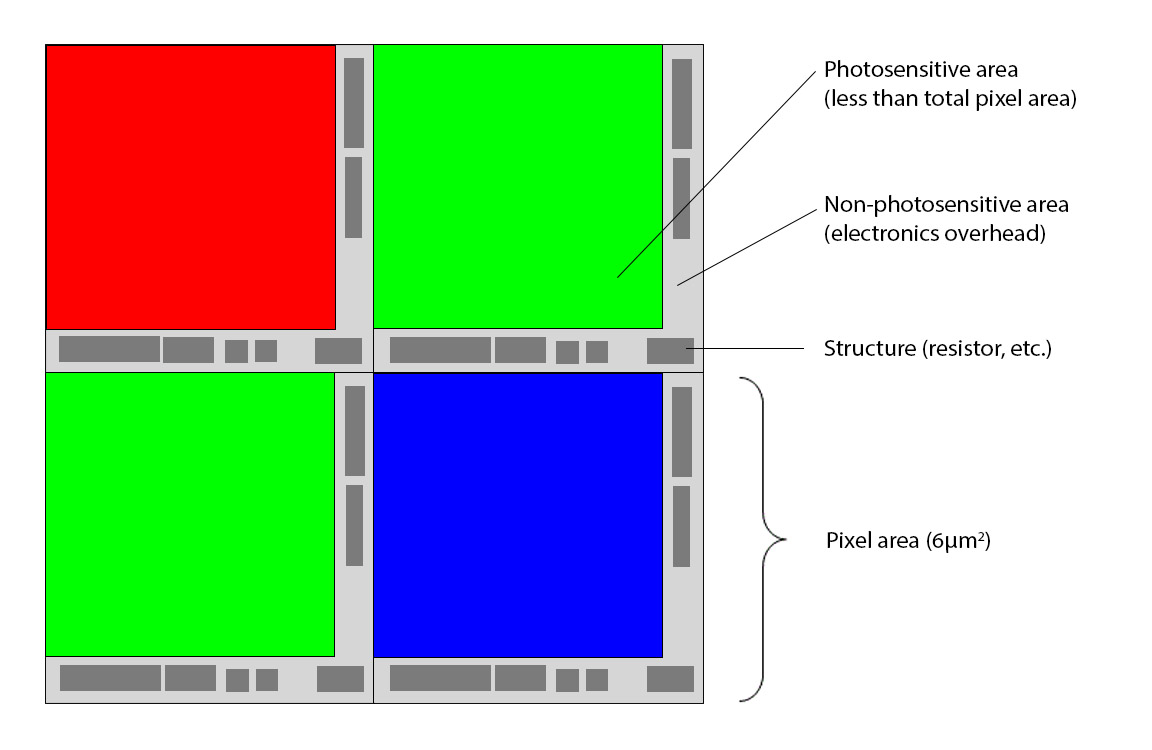
Diagram of the surface of a sensor. If structures can be made smaller, the non-photosensitive areas can be minimized to allow for more surface area dedicated to light gathering.
As I read through the additional features of the 007 I am confused to whom the camera is intended. I see the prices of both bodies and lenses dropping causing great concern about the longevity of the S system. The lenses have much greater capability than the current sensors and their purchase is insurance against the need for replacement with…[Read more]
darylgo commented on the post, Photokina 2014: Day 1 – Leica M System 9 years, 8 months ago
In reply to: David Farkas wrote a new post, Photokina 2014: Day 1 - Leica M System I arrived at the Koelmesse this morning, headed up the familiar steps of the South Entrance and made my way to Leica’s huge booth, again occupying the entirety of Hall 1.The place is enormous with areas for each s […]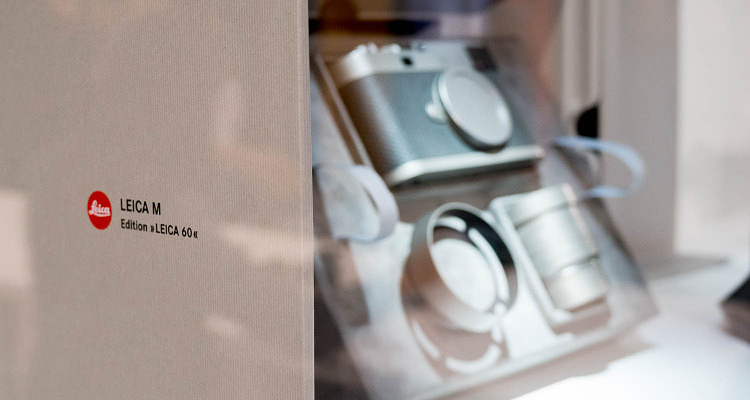 View
View Great write-up David!! And the questions/answers also.
David, the part I find fascinating is the simplification of cameras comment, and the reason I love my M9. Could you ask if there is any push for simplification in the successor to the M240? Perhaps , my question is more request, so I am going to jump in with both feet. As features are…[Read more]darylgo commented on the post, Leica Announces S (Typ 007) Medium Format Digital SLR 9 years, 8 months ago
In reply to: Josh Lehrer wrote a new post, Leica Announces S (Typ 007) Medium Format Digital SLR Today, as part of their Photokina announcements, Leica has introduced the Leica S (Typ 007), the highly anticipated successor to the Leica S (Typ 006) medium format digital SLR camera. The S (Typ 007) features a 37.5 megapixel CMOS sensor with live view, focus peaking, HD video up to 4K, integrated Wi-Fi and GPS, and an ISO range from 200-6400. The official press release from Leica:With the Leica S (Type 007), Leica Camera AG, Wetzlar, presents the new top model of the Leica S-System. As a logical development of its predecessors, the new Leica S features a multitude of radically new components – like the Leica CMOS sensor and the Leica Maestro II image processor – and now opens up new dimensions in the field of medium-format photography. For the first time, the combination of the highest burst rate, extreme sensor sensitivity and comprehensive capture modes for still pictures – and now also video in exceptional quality – provides photographers with the opportunity to exploit the superior imaging capabilities of medium format for productions that demand maximum mobility and drive. The Leica S significantly accelerates and simplifies the photographic workflow with a multitude of features that are unique to medium-format photography – and some of them not only there. In addition to the new body, a new lens also expands the capabilities of the S-System. With regard to speed and imaging quality, the Leica Summicron-S 100 mm f/2 ASPH. telephoto portrait lens represents a new benchmark. New image sensor and new processor for increased quality and higher speedAmongst the most remarkable innovations in the Leica S are the new Leica CMOS sensor and Maestro II image processor. Thanks to these, it has been possible to enormously increase the speed and versatility of the S-System and raise it to a level that was previously unheard of in the medium-format segment. With a burst frequency of up to 3.5 frames per second, full-HD video in full-frame medium-format sensor size and 4K video recording, fast Live View mode and exceptional imaging quality at all ISO settings, the Leica S (Type 007) once again documents its status as the benchmark in the medium-format segment. The 2 GB buffer memory ensures smooth shooting of rapid sequences and, despite its more than doubled burst rate capability, the new focal plane shutter in the camera offers a further significantly increased service life of at least 150,000 cycles. Fast, predictive autofocus module for subjects in motionThe revised autofocus system brings not only higher speed, but also more reliable and more precise focusing. To ensure optimum sharpness and precise tracking of moving subjects, the Leica S (Type 007) features a predictive autofocus mode: the camera registers the motion of the subject and determines the distance to it at the moment of exposure. In combination with its fascinating imaging quality and high burst rate, the Leica S sets entirely new standards for professional medium-format action photography. Integrated Wlan, GPS system and levelling aid for precision and uncomplicated workflowsThe Leica S is currently the only professional camera to feature an integrated GPS module that can record the geographical positioning data of the momentary location in the Exif data of the image file whenever needed, as well as automatically set the local system time. On the basis of the coordinates, appropriate software installed on a computer, for instance the Adobe Photoshop Lightroom package supplied with the camera, can display the precise location of each image on a map and register the corresponding place names as search keys for archived photos. The new dual-axis levelling aid (spirit level) displays the precise horizontal and vertical orientation of the camera in the viewfinder to allow photographers to align the subject with absolute precision and without any need for external aids. In combination with an app for smartphones and tablets, the camera’s integrated Wlan module enables remote control of the camera and remote image assessment in Live View mode to provide simpler and intuitive workflows. Optimised handlingWith a resolution of 921,600 pixels, a 3" diagonal, full sRGB colour space and increased contrast and brightness, the display allows optimum assessment of subjects and images in every situation. The glass plate protecting the monitor is manufactured from tough and scratch-resistant Corning Gorilla Glass. The panel on the top deck of the Leica S has been redesigned as a trans-reflective display with a larger area and optimised information content to ensure optimum legibility – even in bright sunlight. Two new control elements on the top deck enable direct selection of Live View mode and the activation of video recording. LifespanLeica S-Cameras are designed and constructed for many years of daily use. The new stainless-steel bayonet guarantees even greater endurance under even the toughest conditions. The Leica S (Type 007) possesses all the proven quality characteristics of the S-System. These include the large 30 × 45 mm Leica Pro Format sensor and its micro-lens layer that guarantees consistently uniform brightness from corner to corner. The camera and S-Lenses are extremely ruggedly built and sealed against environmental influences like dust and rain. The system’s unique dual-shutter concept offers photographers the choice of using the camera’s fast focal plane shutter with speeds up to 1/4000 s or the electronically controlled central shutter of the CS lenses that allows flash sync at all shutter speeds up to 1/1000 s. The ten currently available Leica S-System lenses, six of which are also available with a central shutter, offer photographers all important focal lengths and a first-class tilt/shift lens. At the same time, numerous third-party medium-format lenses can be mounted on the Leica S with adapters: for instance the Leica S-Adapter H for Hasselblad H lenses and the Leica S-Adapter C for Contax 645 lenses, both of which provide full compatibility – including autofocus, central shutter control (Hasselblad) and automatic aperture control. The Leica S is uncompromisingly built for maximum dependability in use and also features details like cable connections with strain relief, separate slots for CompactFlash and SD memory cards, further optimised energy efficiency and a scratch-resistant display. The Leica S therefore stands alone as an ideal and extremely reliable tool for achieving maximum quality results in the studio and on location under even the most unfavourable conditions. The Leica S is supplied complete with the Leica Protection Plan. The LPP offers photographers an extended warranty for a period of three years, a replacement camera to cover repair times and numerous other benefits. The launch of the Leica S (Type 007) is planned for Spring 2015. This is a HUGE update for the S-System and is one of the most significant announcements at this Photokina. You can learn more about the S (Typ 007) at Leica Store Miami's website, or you can give us a call or email us anytime.ViewDavid, will you be doing an in depth review?
I see the value of greater iso and fps but surprised by the static pixel count, can you shed any light on Leica's intended market for this camera?darylgo replied to the topic I'm in love with my S2 in the forum S2 9 years, 10 months ago
Udholm;8416 wrote: Love that you love your S2, I love mine too.
Can I ask you, where you got the handstrap? Thank you
Jan From DenmarkIt appears to be a Optech slr wrist strap, the picture above and on optech's site are identical. http://optechusa.com/slr-wrist-strap.html


